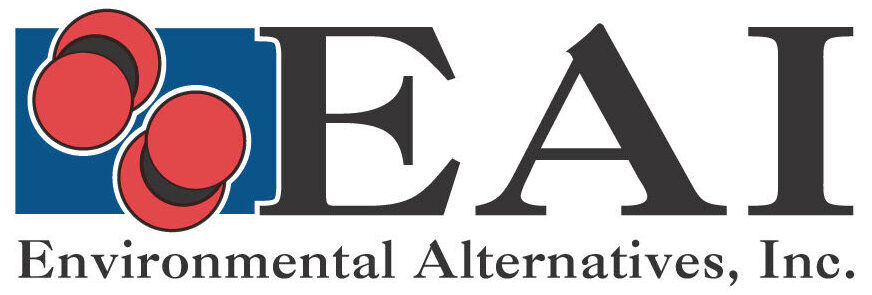Shipping Radioactive Material
By Jessie West | February 21 2022
The Department of Transportation (DOT), Nuclear Regulatory Commission (NRC) and the Department of Energy (DOE) establish packaging and labeling guidelines for shipments containing radioactive materials. These regulations protect the public and the environments that a nuclear spill could adversely impact. Whether you’re shipping radioactive materials for medicine, manufacturing, research, power generation or military use, it’s critical to understand and apply all relevant regulations.
Continue reading to learn crucial information regarding the transportation of radioactive materials.
Shipment Types
The EPA reports that around 3 million shipments containing radioactive materials hit roads, railways, waterways or air routes each year. These shipments carry five types of radioactive materials:
- Uranium
- Nuclear fuel assemblies
- Spent fuel
- Radioisotopes
- Radioactive waste
Packaging for Radioactive Material
Specialized packaging materials contain radioactive leaks and prevent spills after an accident. Any package meant to carry radioactive material must undergo tests to asses its performance through impacts, water damage and fire damage. There are three levels of radioactive packaging materials — industrial, Type A and Type B.
Industrial
Industrial packaging for low-level radioactive materials is designed to resist contact damage, withstand pressure and hold its contents through most standard travel. Often, the contents carried in industrial packaging were exposed to radioactive substances. Common examples include smoke detectors, laboratory samples and clothing.
Type A
Type A packaging is designed for materials exhibiting higher radioactivity than what industrial packaging can safely transport. This type of packaging is often used to carry radioactive medical materials, such as radiopharmaceuticals.
Type A packaging must undergo four tests to ensure it holds its contents under four standard transportation stimuli:
- Moisture: The packaging must withstand one hour of water spray.
- Free fall: The packaging must withstand a fall onto a hard, flat surface.
- Pressure: The packaging must withstand compression amounting to five times its weight.
- Puncture: The packaging must withstand impact from a 13-pound bar with a 1.25-inch diameter dropped vertically from 3.3 feet.
Type B
Type B packaging is designed to transport radioactive materials that could harm the surrounding area in the event of a substantial release. Type B packaging is ideal for materials that are highly radioactive, such as spent fuel from a nuclear power plant.
Any Type B package must withstand the same standard travel conditions as Type A packaging. To achieve Type B classification, the packaging must also prevent release in the event of a severe accident.
Testers use computer analysis and scale model demonstrations to assess a package’s durability in the following scenarios:
- Falling 30 feet onto a hard, flat surface and landing on the container’s weakest point
- Dropping 40 inches onto a steel rod — 6 inches in diameter and at least 8 inches long — and landing on the container’s weakest point
- Enduring 30 minutes of full-package exposure to a heat of 1,475 degrees Fahrenheit
- Withstanding at least eight hours of total submersion 15 feet underwater
Labeling
Each type of radioactive material packaging should have an appropriate label to ensure any person handling the package understands its contents. There are three types of labels for radioactive material packages, some of which require an additional placard on the vehicle carrying the qualifying material.
Labels
Any container with radioactive materials inside must include a label identifying the potential hazard in addition to the shipper’s name and address. The label must include a shipping name and a form of product identification, such as the chemical name or code.
There are three label categories, each identifying the package’s contents and indicating a different level of radioactivity. The labels describe how much radiation can reach the package’s surface and, for the latter two, how much radiates 3 feet from the package:
- White I: 0.5 millirems per hour at the surface
- Yellow II: 50 millirems per hour at the surface and 1 millirem per hour 3 feet away
- Yellow III: 200 millirems per hour at the surface and 10 millirems per hour 3 feet away
Placards
Any vehicle transporting a package with a Yellow III label must display a diamond-shaped placard on both sides.
Learn About Nuclear Decontamination From EAI
At EAI, we specialize in removing radioactive materials and safely transporting them to appropriate disposal areas. Our patented Rad-Release chemical extraction technology removes 90% to 99% of radioactive contaminants to enhance worker safety and reduce disposal costs.
For more on our Rad-Release and other nuclear decontamination services, please call 603-352-3888 or contact us online today.



